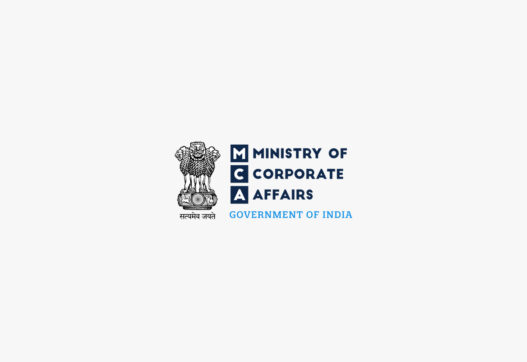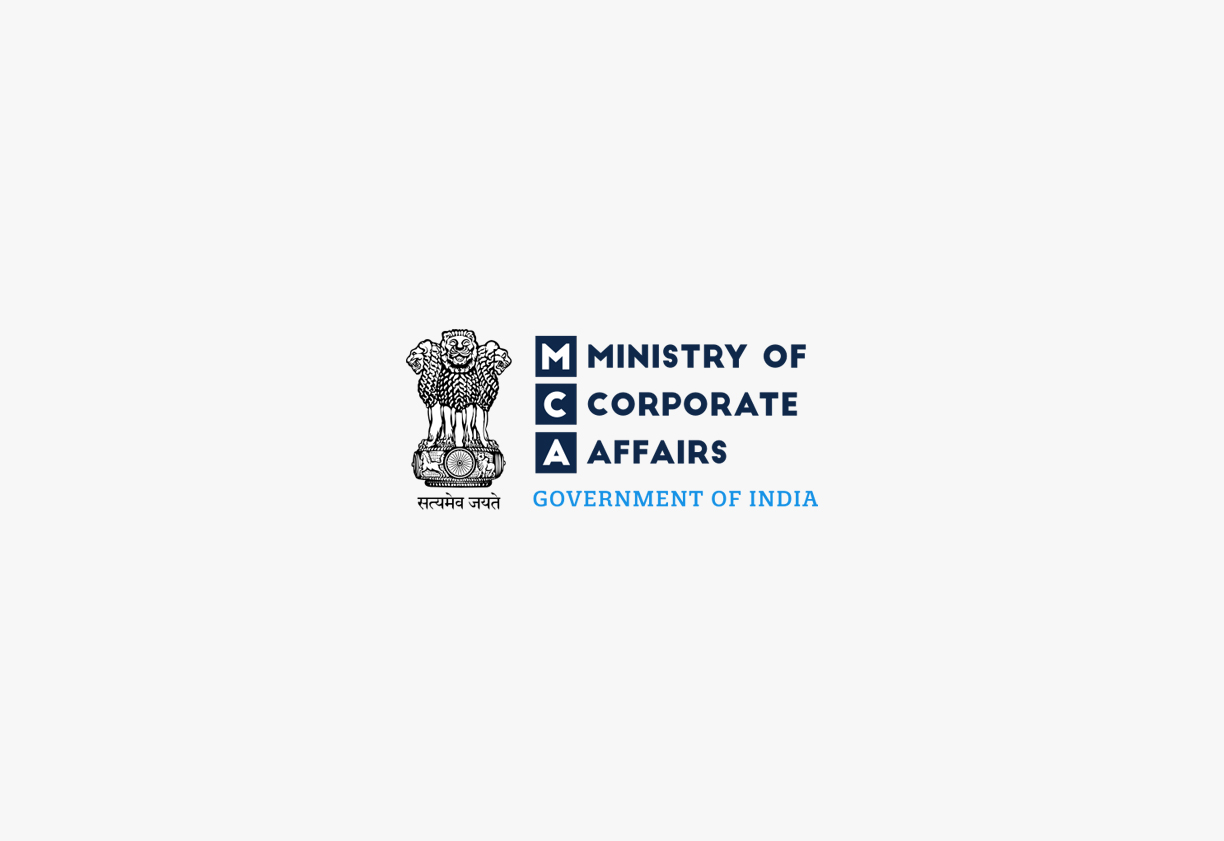Ministry of Corporate Affairs
The Provincial Insolvency Act, 1920, is a crucial piece of legislation that deals with insolvency outside of the Presidency towns in India. This act provides a structured framework for managing and resolving insolvency situations for individuals and certain entities. It outlines the process from the initiation of insolvency proceedings to the eventual discharge of the insolvent. The Act serves as a significant mechanism for both creditors and debtors to navigate financial distress.
Act Background and Ministry: The Provincial Insolvency Act, 1920 does not fall under a specific ministry. It is a civil law administered by the Courts and is applicable to areas beyond the jurisdiction of the Presidency towns.
Enactment Date, Number of Chapters, Number of Sections: The Act was enacted on 25th February, 1920. It comprises 7 chapters and 83 sections, along with three schedules.
Act Governed By: The act is governed by the District Courts. State Governments can also empower subordinate courts to exercise concurrent jurisdiction in certain cases. High Courts also have appellate jurisdiction.
On Whom it is applicable: The act is applicable to individuals and certain entities outside the Presidency towns. It is not applicable to corporations or associations registered under any enactment. The act applies throughout India except for those areas which were known as Part B states before November 1, 1956, and the Scheduled Districts.
Penalties/Punishments: The Act outlines several offenses by debtors. These include failure to disclose assets, fraudulent concealment, and other acts aimed to diminish the sum available to creditors. Penalties for offenses can include imprisonment, extending to one year for certain offenses by the debtors and for undischarged insolvent obtaining credit to the tune of 50 rupees or above, it may extend to six months or with fine or with both. Additionally, the Act provides for disqualification of an insolvent from acting in specific official capacities and from local bodies, until the discharge is granted.
Important Pointers:
-
Acts of Insolvency: The Act defines various acts of insolvency. These are crucial events which can trigger insolvency proceedings. They include actions like transferring property to the benefit of creditors generally, transferring property with intent to delay or defeat creditors, absconding with intent to deprive creditors from communicating, and many more.
-
Petition: Insolvency proceedings can start with a petition filed by either a creditor or the debtor themselves. The petition has to adhere to specific conditions and requirements, such as the debt amount exceeding a certain limit and the occurrence of an act of insolvency within a stipulated time frame. The law provides procedure for both debtor initiated and creditor initiated petitions.
-
Adjudication: Once the court admits an insolvency petition and is satisfied with its merits, it can issue an order of adjudication declaring a person insolvent. This order has significant implications, including vesting the debtor’s property with the court or a receiver. After the order of adjudication is passed, there is a stay on all the legal proceedings against the property of the insolvent.
-
Protection and Stay: The Act offers provisions for a protection order to safeguard the insolvent from arrest or detention. It also provides for a stay on pending proceedings against the debtor’s assets.
-
Receiver: A receiver may be appointed to take possession of the insolvent’s assets, manage them, and distribute the proceeds to the creditors. The receiver plays a crucial role in the realization of assets and payment of creditors.
-
Discharge: The Act outlines the procedure for an insolvent to apply for discharge, specifying conditions under which a discharge can be granted or refused. The inability of assets to pay back creditors or not maintaining proper books of accounts, are some reasons the courts may not grant a discharge to a person.
-
Antecedent Transactions: The Act has provisions to invalidate certain transactions made before the insolvency. These include voluntary transfers and preferences to certain creditors, aimed to ensure fairness in the process.
-
Debts Provable: The act provides a framework for determining which debts can be included in insolvency proceedings. The law also states that debts excluded from schedule due to their inability to fairly estimate their value and unliquidated damages arising from other than contract or breach of trust cannot be proven under this law.
-
Priority of Debts: Certain debts such as those due to the government, local authorities, and wages of workers, get priority in distribution of assets, prior to other creditors.
-
Appeals: The Act provides mechanisms for appeals against decisions made by subordinate courts, district courts and the High courts under specific provisions.
-
Summary Administration: The law provides for a summary administration procedure, which allows the courts to fast track insolvency cases, where the value of the property is not likely to exceed a specific limit.
Act Copy:




